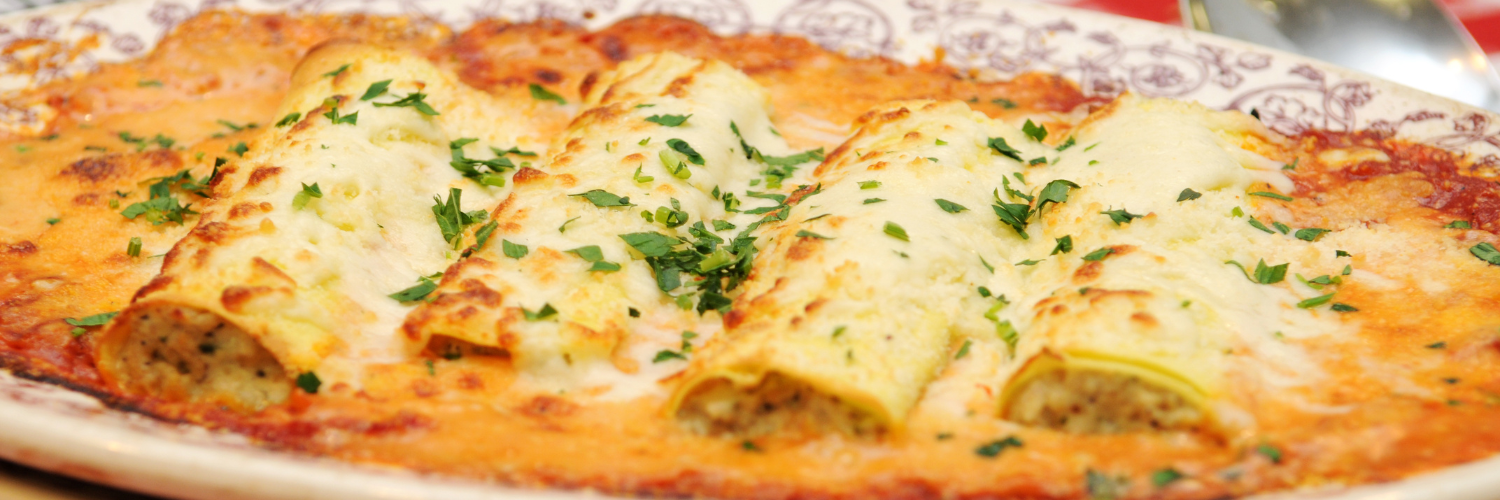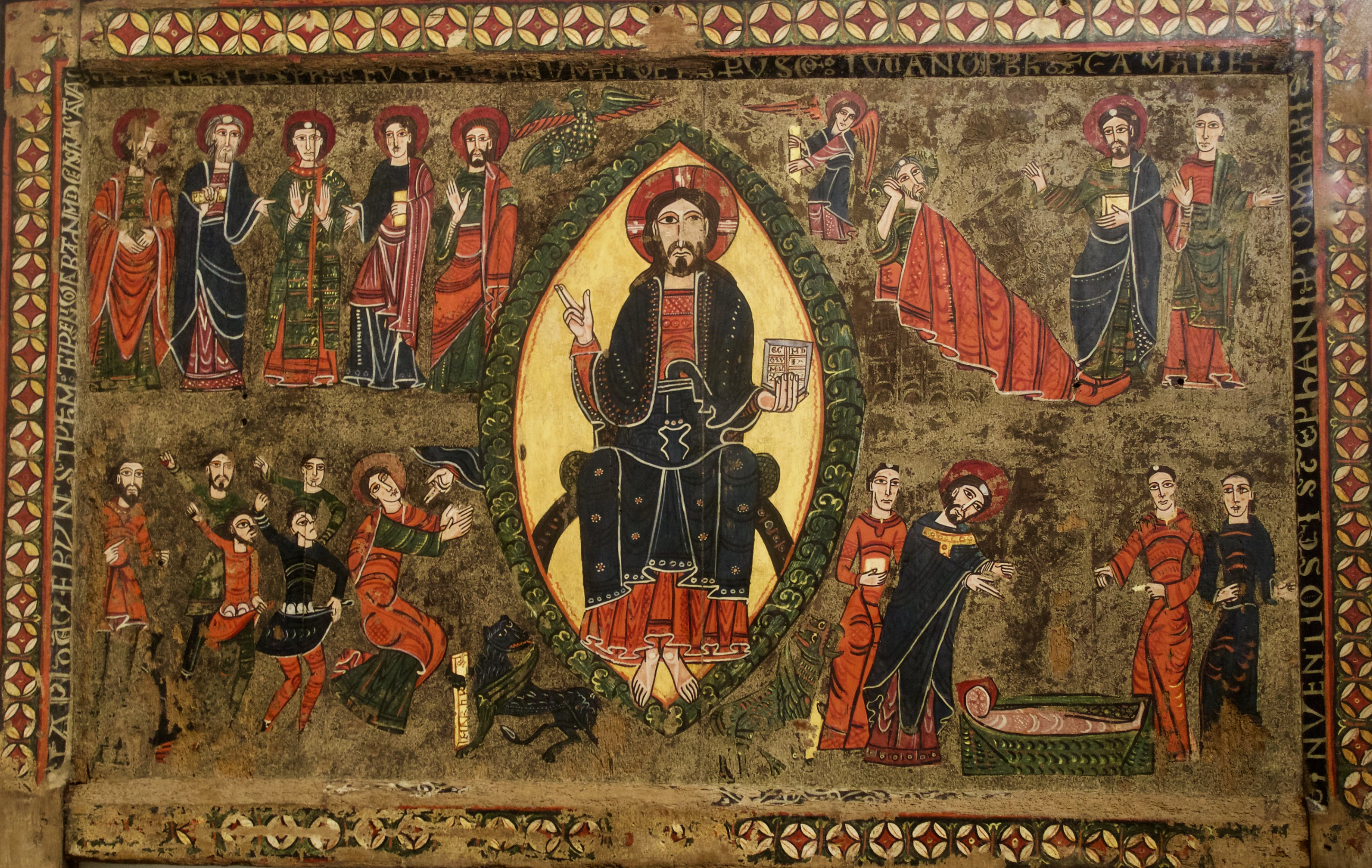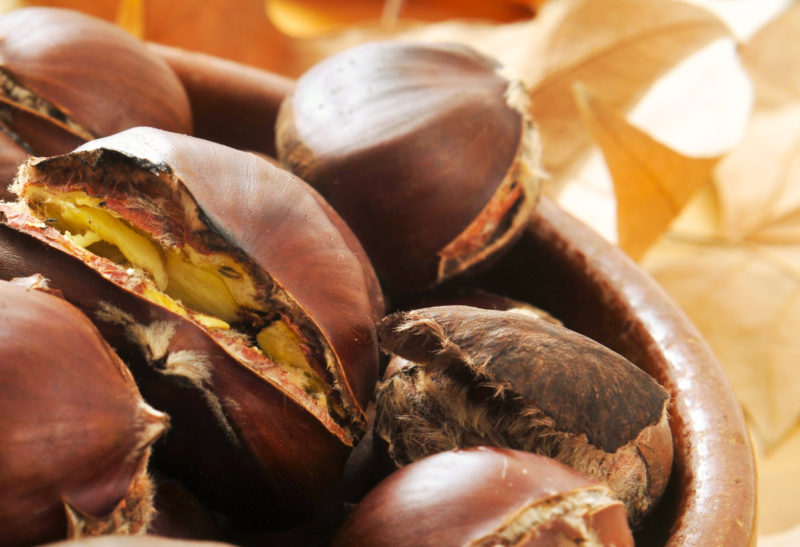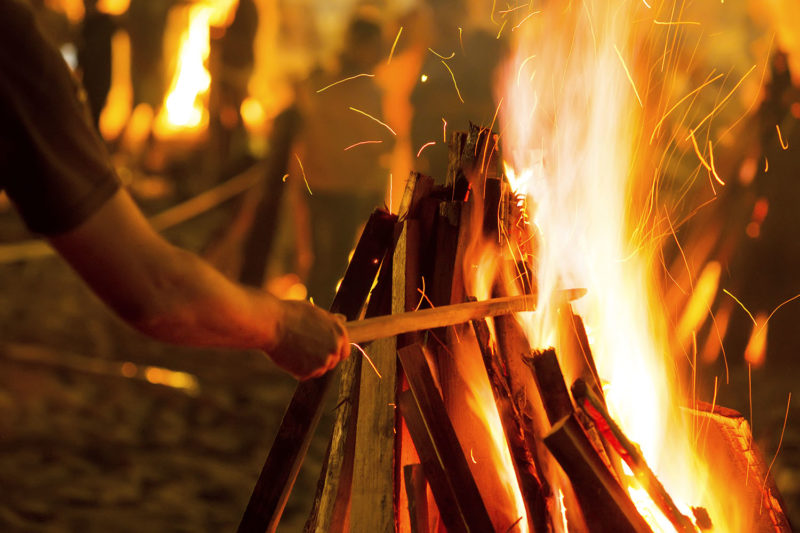

The origins of the Sant Esteve festival
Where does the tradition of celebrating Sant Esteve come from, and why is it such a deeply-rooted festival in Catalonia? Sílvia Garriga, 11Onze agent, explains the origins of this festivity, both in terms of holidays and gastronomy.
At Christmas, every sheep to its pen, and for Sant Esteve, every person to his house. This popular saying places the celebration of the festival of Sant Esteve immediately after the Christian festival celebrating the birth of Jesus, which falls on 25 December. This is a unique tradition in the Catalan calendar that links us to our Carolingian past in the 8th and 9th centuries.
Unlike the rest of the Christian Iberian Peninsula, which was governed by the Goths and had the bishopric of Toledo as a reference point, during the 9th century, Catalonia was under the protection of the Carolingian empire, founded by Charlemagne, and depended on the bishopric of Narbonne.
As Sílvia Garriga explains, “The Carolingian family concept was very extensive, they understood the family as a clan, and this meant that, at Christmas and other important festivities, the whole family had to meet in the family of the original peasant”. In other words, whenever there was an important festivity, they had to go to the ancestral home, no matter how far away it was.
In the Middle Ages, journeys were usually long
Originally, the festivity of Sant Esteve was not exactly a festival, but a day when people did not work because it was used for travelling. The precariousness of logistics and means, characteristic of the Middle Ages, lengthened journeys and, therefore, the time people needed to return home.
“It often took a whole day to get home. And this tradition has survived to this day, although it has taken on a different meaning”, Garriga points out. This tradition is also rooted in other European countries that share a Carolingian past.
On the other hand, the tradition of stuffing the cannelloni in Sant Esteve with the leftover Christmas Day broth came to Barcelona from the Italian cooks of the Catalan bourgeoisie or other foreign cooks who worked in the city’s inns during the 9th century. But it seems likely that making use of leftover food from the previous day is an eminently Catalan custom.
11Onze is the community fintech of Catalonia. Open an account by downloading the app El Canut for Android or iOS and join the revolution!
Leave a Reply
You must be logged in to post a comment.






Sempre s’aprenen coses noves
Cert, sempre va bé saber el perquè i el com de tot plegat, tan si és d’una festivitat, com d’uns canelons…, i moltes gràcies pel teu comentari!!!
Molt interessant aquest article, ara ja sé una mica més sobre l’origen d’aquest menjar tan bo
Perfecte, Joan. D’això es tracta, d’aportar valor i coneixement a La Plaça!
M’agradat saber de l’origen de les reunions familiars tan extenses
Sí, sempre va bé conèixer… Moltes gràcies pel teu comentari, Alícia!!!